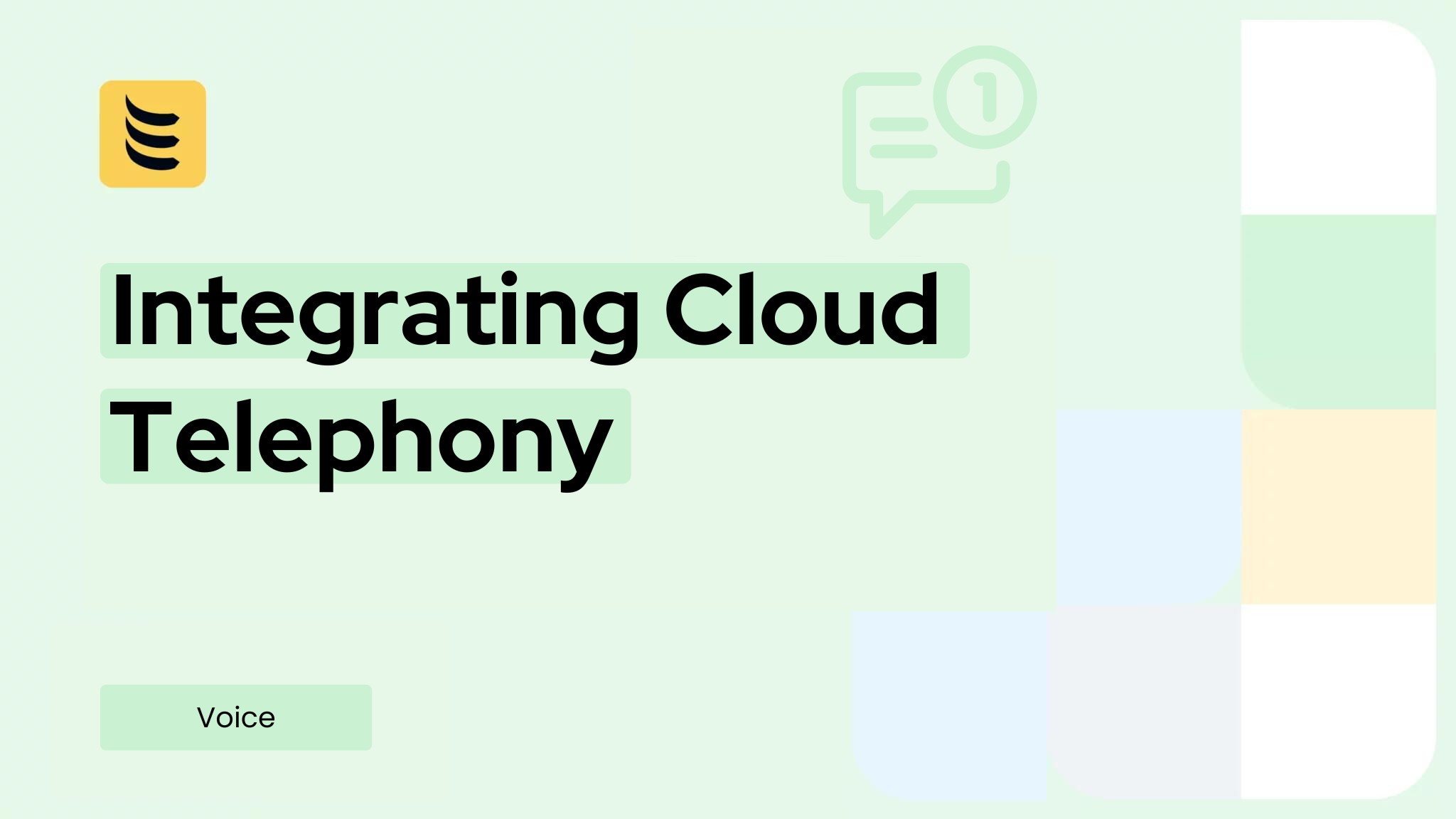When a business is looking at upgrading voice communications systems to VoIP, it will usually be faced with two options when it comes to PBX. Systems can either be hosted by a third party or run/managed on-site. Both options have their pros and cons as outlined below.
Hosted VoIP PBX
Opting for a hosted PBX service is certainly the ‘easier’ solution since it requires less investment, equipment, and specialist knowledge. All that an organisation needs to do is provide IP phones, optimise the network for voice traffic, and upgrade to a high-speed Internet connection. The PBX is hosted by the service provider (in the cloud) and the responsibility for maintenance, troubleshooting, upgrades and bug fixing also lies with the vendor. This means there is no need for expertise internally.
Choosing a hosted PBX also means there is very little if any initial investment required. You will be charged a fixed monthly fee that will include various features, a communication fee, and maintenance.
The only real downside of this option is that you are essentially handing over control to a third party. Customisation may be trickier as a result and the service provider will make decisions on issues such as how often/when upgrades happen, what failsafe/backups are in place, and what equipment is used.
On-premise VoIP PBX
On-premise VoIP PBX is where the organisation owns, maintains and operates its voice network in its premises/office. The system consists of IP phones, a data network and the IP PBX – which can be connected to SIP trunks or PSTN lines.
On-premise systems offer greater control and customisation. This can be very important for organisations working in heavily regulated industries or handling highly sensitive and confidential data. There may be restrictions in contracts that mean on-premise is the only viable solution. For some larger organisations, opting for SIP trunking with an on-premise IP PBX will actually be significantly cheaper than using hosted services.
Another important advantage is that there is greater control over the infrastructure, services and support. The organisation will be in charge of upgrades and maintenance and will be able to utilise the best combination of hardware and software. Updates can be delayed or brought forward if there are unexpected circumstances.
The main downside of an on-premise solution is that it will require an initial investment in terms of purchasing hardware and paying for the installation of that hardware. Additionally, maintenance will need to be externally sourced and paid for (unless there is existing expertise in-house) and some training may be needed in terms of basic troubleshooting.
Setting up an on-premise VoIP PBX
If you have decided to set up an on-premise PBX, there are several proprietary IP PBX solutions available. Alternatively, for organisations with existing VoIP knowledge/expertise there is the option of using open source software such as Asterix to create a unique solution from scratch. Doing this allows for greater flexibility, control, and customisation. With Asterix, there is no need to purchase licenses/subscriptions. The entire system can be set up quickly and cheaply.
The following is a basic step-by-step guide to creating a VoIP PBX with Asterix
Step 1 – Purchase a server that suits your needs.
You can opt to build your own server from raw components or buy a preconfigured server from a manufacturer such as Dell, HP or IBM. Asterix is fairly straightforward and there are only minimal system requirements.
A baseline for server dimensioning would be as follows:
- Dual Core or Single Intel Pentium 4 CPU
- 1 or 2GB of RAM
- Single 80GB SATA Hard Drive
- Dual 10/100/1000 Ethernet NIC Cards
- Power Supply
- PCI, PCI-X or PCI Express slot(s)
Step 2 – Install the software.
Asterix comes in numerous forms and you can choose the version that best suits your business. Interfaces and features will vary but there should be something suitable for your firm’s requirements.
Step 3 – Connect your phone service.
You can use either SIP trunking or PSTN. If you opt for PSTN lines, you will probably need to configure a gateway (which can take a while). The most common option is connecting with SIP trunks to an Internet Telephony Service Provider.
Step 4 – Set up phones.
Asterix is based on the SIP protocol, meaning that most phones will work as soon as they are plugged in.
Don’t forget that you will need to subscribe to a VoIP provider so you can make/receive external calls – without one you will only be able to dial other extensions internally.
Step 5 – Save On Wholesale VoIP termination rates
At IDT we offer industry-leading wholesale termination rates together with expert knowledge. To find out more, why not take a look at our website




